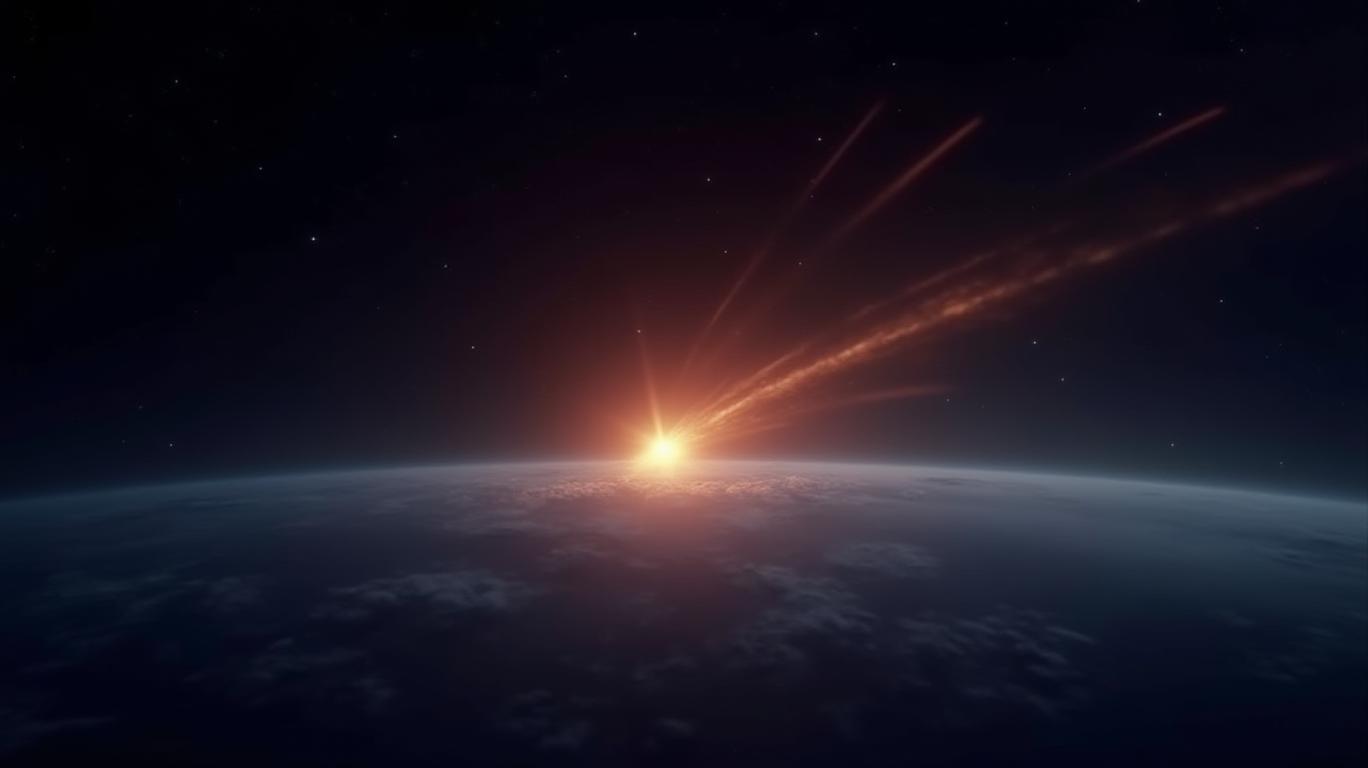AInvest Newsletter
Daily stocks & crypto headlines, free to your inbox
The reentry of the Soviet-era satellite Kosmos 482 on May 10, 2025, marked more than just a scientific curiosity. This 53-year-old spacecraft, designed to survive Venus’s extreme heat, became an unintended symbol of the growing perils of space debris—and a stark reminder of how geopolitical rivalries threaten Earth’s orbital highways.

Kosmos 482, launched in 1972 to study
, was never intended to return to Earth. Yet its titanium-built descent module, designed to withstand 1,200°C temperatures, survived reentry and likely crashed into the Indian Ocean, according to the Russian Space Agency (Roscosmos). European and U.S. tracking systems confirmed its demise, though precise debris location remains uncertain.The spacecraft’s survival underscores a grim reality: more than 23,000 pieces of space debris currently orbit Earth, and only 2% are operational satellites. Kosmos 482’s reentry, while uncontrolled, was predictable. Far more dangerous are intentional acts, like Russia’s May 8 missile test that destroyed its own Tselina-D satellite, generating 1,500+ debris fragments. This act, condemned by NASA as “irresponsible,” highlighted how military actions could destabilize space infrastructure worth billions.
The Kosmos 482 saga intersects with rising tensions in space militarization. Russia’s destruction of its own satellite—the third such test in six years—and the U.S. Space Command’s refusal to confirm Kosmos 482’s reentry until May 12 reflect a deepening trust deficit.
For investors, Kosmos 482’s reentry and Russia’s debris-creating tests signal two opportunities—and one major risk.
The Kosmos 482 episode and Russia’s reckless missile test reveal a critical truth: Earth’s orbit is a shared resource, not a warzone. With over $500 billion invested in the global space economy by 2025, investors must demand governance reforms.
As Kosmos 482’s titanium fragments sink into the Indian Ocean, they serve as a warning: the final frontier’s health depends on human restraint—and smart investing.
Tracking the pulse of global finance, one headline at a time.

Dec.21 2025

Dec.21 2025

Dec.21 2025

Dec.21 2025

Dec.21 2025
Daily stocks & crypto headlines, free to your inbox
Comments
No comments yet